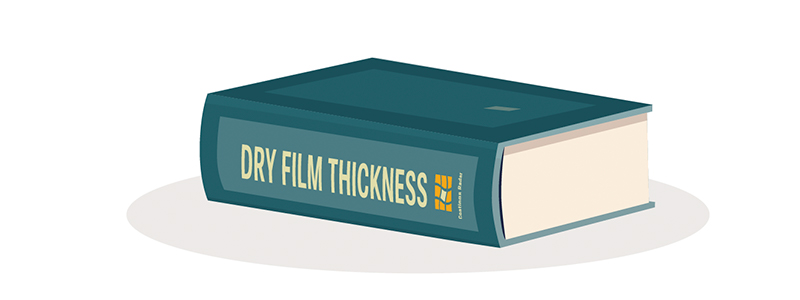Dry Film Thickness
Dry film thickness is a crucial aspect of corrosion protection for steel surfaces. Coatings are commonly applied to prepared steel surfaces to prevent corrosion. Nearly all steel structures incorporate some form of protective paint or coating. While these coatings offer corrosion protection, their main purpose is to slow down the penetration of ions, oxygen, and water to the underlying substrate. Dry film thickness plays a vital role in achieving this goal.
Coating suppliers have developed products with an optimum dry film thickness, which ensures maximum performance. Inadequate thickness can result in rust rashing, where numerous small rust spots conglomerate over the surface, leading to a layer of rust that is difficult to distinguish from individual spots. On the other hand, excessive thickness can cause solvent entrapment and stress within the coating, resulting in adhesion failure in the form of blisters, delamination, or cracking.
Coating surveyors must possess knowledge about the various coating products available and potential issues related to thickness variations.
The Coatings Radar App offers a comprehensive review of non-destructive tests and destructive dry film thickness tests used in field conditions. Moreover, it provides an overview of international standards employed in the coatings industry and guidance on evaluating and reporting test results.

